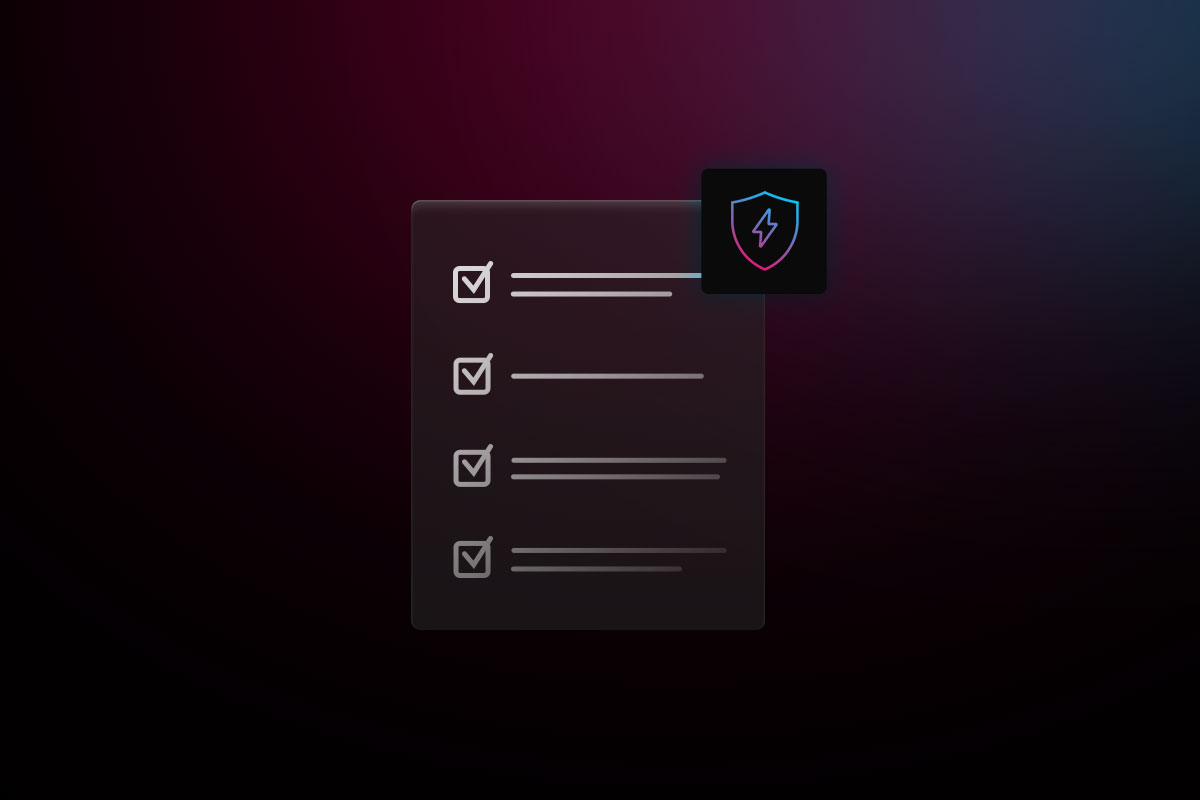
The average business stores and shares an abundance of sensitive data in the “Software as a Service” (or SaaS) apps used by employees every day. These apps are integral to team collaboration and business productivity, but the wealth of information they contain makes them an attractive target for cyber criminals. To keep this data safe from hackers, you need to proactively manage your SaaS application security.
What is SaaS Application Security?
SaaS Application Security refers to the protective measures in place to keep a business’s software-as-a-service apps safe from unauthorized access or inappropriate use. App security requires ongoing oversight to stay ahead of the latest threats and prevent potential data breaches, financial theft, ransomware, and a host of other risks.
Securing your SaaS applications involves managing employee access to apps, centrally monitoring app usage, and deploying cybersecurity software and best practices across your entire tech stack.
Why is SaaS Application Security Important?
Strengthening your SaaS application security is critical for 3 key reasons:
1. Data Breaches
Think of all the sensitive data transmitted across your network of SaaS apps. From credit card details and business accounts, to customer data and personal employee details, the average business stores masses of data that cyber criminals seek to exploit. And, because of the interconnected nature of most business applications, hackers might only need to penetrate a single platform to gain access to your entire network.
2. Business Continuity
Beyond the risk of a data breach or financial theft, SaaS application security is vital for business continuity. For example, if a hacker shuts down your CRM, payment processing platform, or inventory management system, how long will it take for operations to grind to a halt? Even if you manage to regain access without paying a ransom, the downtime and reputational damage are guaranteed to be costly.
3. Compliance
Data protection laws and regulations like SOC II to HIPAA mean your business is legally obliged to keep customer information secure. Failure to comply can lead to hefty penalties. Given that so much of this sensitive data is stored and exchanged in your business apps, it’s crucial that SaaS application security forms part of your compliance efforts.
How to Secure SaaS Applications
Follow this SaaS application security checklist to keep your data protected and your business operational.
1. Use Secure Apps
It may seem obvious, but the first step to ensuring SaaS application security is to rely on an established, secure tech stack. Best-in-class apps have built-in measures like data encryption to keep your information safe, whether it’s in storage or in transit.
2. Centralize Application Management
To monitor SaaS application security, you need a centralized app management dashboard from which all apps can be viewed. Keep an eye on user permissions, app updates, and security settings, and ensure you can instantly revoke app access if needed.
3. Standardize App Settings
Document which apps get installed on employee devices and ensure they are configured appropriately when devices are provisioned. Set up custom profiles and default rules for app access based on employees’ level of seniority.
4. Implement Multi-Factor Authentication
Multi-factor authentication (MFA) adds an additional layer to your SaaS application security by preventing unauthorized logins. This is especially important in remote and hybrid work environments where company devices could be accessed by unauthorized users.
5. Enforce Least Privilege Access
The cybersecurity principle of least privilege dictates that users should only have access to apps and information they need to do their job. This approach minimizes data exposure and reduces potential avenues for hackers to exploit.
6. Update Apps Regularly
Don’t ignore the latest app updates, they often contain new and improved security patches to address identified vulnerabilities. Enforce a company-wide policy to roll out app updates as soon as they become available.
7. Offboard Employees Securely
When an employee leaves the company, don’t forget to disable their app accounts and update passwords as part of the offboarding process. Otherwise, their device and app logins could easily fall into the wrong hands.
Who Handles SaaS App Security?
SaaS app security can be managed either internally within your company, or by an external provider.
SaaS app security providers offer fully outsourced management of your application security. As well as implementing and overseeing various protective measures across your network of apps, these providers or agencies can also take on general app management tasks – such as user setup, permission requests, and troubleshooting.
In-house SaaS app security is usually taken care of by a member of your team. Ideally, this person should be an IT professional with specialized knowledge of cybersecurity. However, in smaller businesses, SaaS app security often falls to an office manager, or someone from HR or Finance. To ensure your in-house SaaS app security is managed effectively, it’s best to rely on a solution that simplifies and centralizes the entire process from a single dashboard.
Keep Your SaaS Applications Secure
As your business scales and tech stack grows, it’s no longer feasible – or safe – to manage SaaS application security on a case-by-case basis. To keep your data protected, you need a centralized solution that gives you enhanced visibility and control. Get in touch with Electric today to learn more about secure application management.



